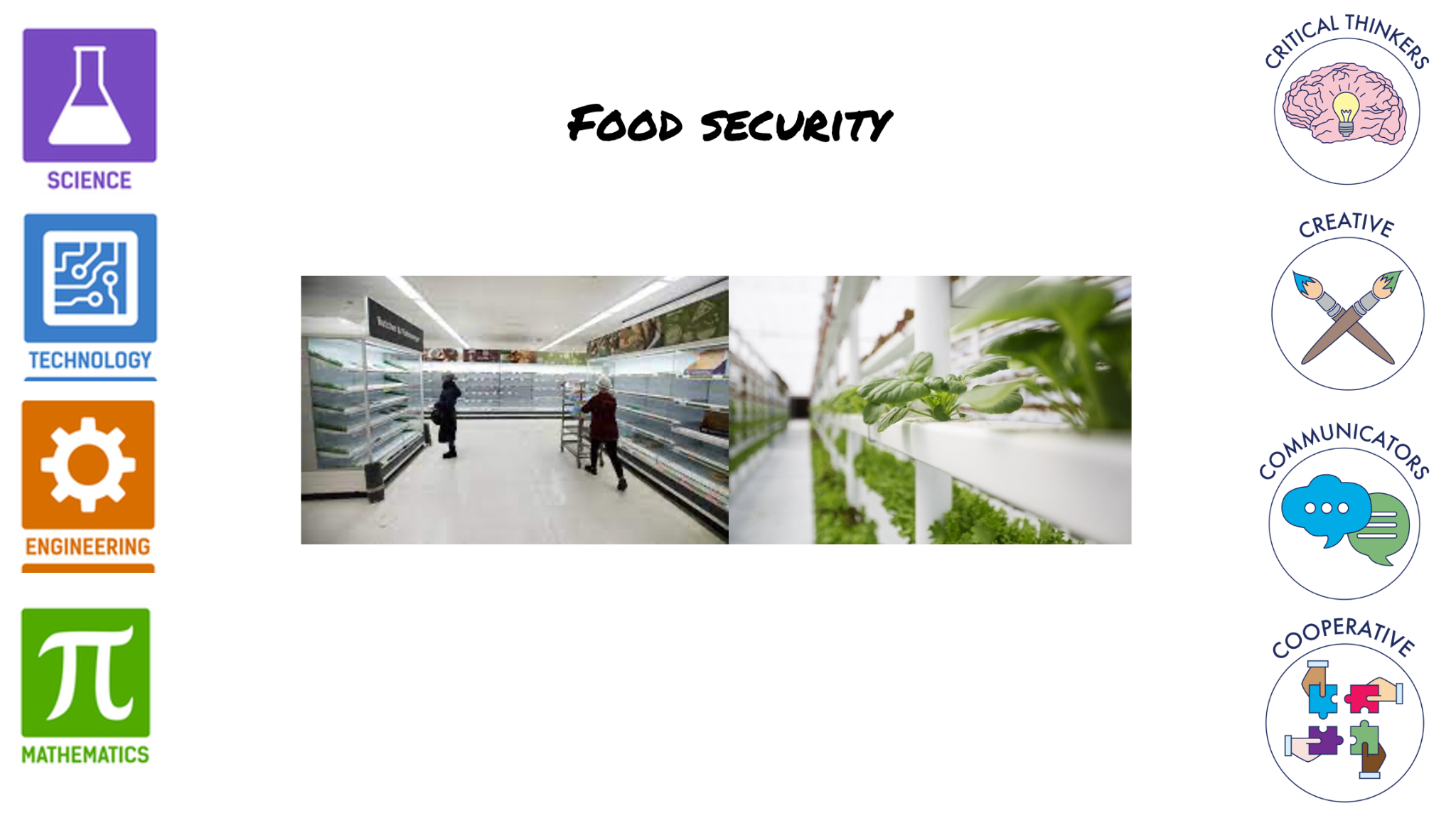Alex Gray is a resident of Dubai, holding a master’s degree in education and serving as the Head of Science at a Dubai British School. In addition to his professional achievements, Alex is a talented speaker and author, known for creating engaging and informative content. Whether through social media or conferences, Alex is dedicated to sharing his knowledge and passion for education with others.
A study by Van den Hurk et al. (2019) found that three types of factors impact students’ interest in and persistence in STEM education: environmental factors, student-level factors, and school-level factors.
Teachers play a significant role in implementing STEM in the classroom, and it’s important for schools and educational authorities to support them. This includes building teachers’ awareness of STEM and providing adequate training and CPD.
In this article, I will explore where CPD should be focused to develop the school-level factors of instruction, skills, and technology in 2023.
The most common approach to STEM education can lead to students viewing the subjects as separate, distinct, and irrelevant to their lives, rather than seeing the interconnections and real-world applications (Nadelson & Seifert, 2017; WEF, 2017).
This brings me to my first focal point, instruction. To integrate these subjects, teachers need to know how to use inquiry-based learning, problem based learning, and the engineer design process. Teachers may not have access to what the best practice of this looks like, so here is how I would go about deepening their knowledge:
- Provide outlines on the instructional strategy.
- Provide teachers with the time to cooperatively plan using these strategies.
- Observe each other using these strategies. Try to video the lesson so they can feedback and help coach each other.
- Make it regular and consistent so that it can be sustainable.
Any subject area can be adapted to use these instructional methods, with the benefit being students will engage in group work, research, and decision making, allowing them to develop important skills such as collaboration, problem solving, and communication.
This brings me to my second focal point, skills. The multitude of variations of STEM highlights the struggle to define its identity. There is STEM, STEMC, STEAM, and STREAM. When everything in the curriculum is important, teachers become confused about the relevance and balance of content and forget about the purpose, which in my opinion, is the skills.
I started with this infographic as it simplified the skills for each component and helped me plan the ‘why’ and ‘how’ of my lessons.

Identifying the skills, no matter how many, will always be the starting point. These will look and come in a variety of ways, and much like my recommendations above, will take time and reflection to successfully embed.


Above are two examples from my own lessons on the topic of food security. Having image anchors (an external stimulus to trigger an internal response) helps students navigate the thinking process as well as helping me to guide my questions. To introduce and incorporate these techniques into your scheme, Harvard’s Project Zero provides numerous activities and explanations in visible thinking routines.
Visible thinking routines are integral to the development of the “4 Cs”: critical thinking, creativity, communication, and collaboration. Structured strategies are used to make thinking processes visible, explicit, and shareable. This common language and framework can help students analyse and assess material in an organised way, while additionally allowing individuals to create new ideas and points of view. Sharing and discussing thoughts with others bolsters communication skills; oral or non-verbal. Such routines also allow learners to work cohesively: they can exchange their perspectives, ask questions, collaborate together and make decisions as a group. Ultimately, visible thinking routines promote deep learning by bolstering the 4 Cs which prepares learners for 21st century success.
To understand how teachers incorporate STEM education in the classroom, researchers from Moore et al. (2014) conducted an in-depth review and from their findings, created a six-point framework for quality K-12 STEM education. This framework includes strategies such as engaging lessons and incorporating the engineering design. It notably mentions maths and science content, however, states nothing about technology. That brings me to my third focal point, technology.
The role of the T in STEM is often hard to pinpoint, so it’s up to STEM teachers to decide what part it should play in their lessons. To make sure that students are set up for success in their STEM careers while also gaining 21st-century skills, authentic engagement with STEM activities is essential (Honey et al., 2014). This calls for tasks where learners use tools and technologies related to STEM (Bell & Bull, 2008; Guzey & Roehrig, 2009; McCrory, 2008; Niess, 2005; Novak & Krajick, 2004).
Teachers need CPD programs to become knowledgeable and skilled in the use of these specific technologies. These programs should involve hands-on experience with the technology tools and software, as well as access to industry professionals to gain insight into how these skills are applied in real-world settings.
If I were constructing the program, I would incorporate the following:
- Coding – Applications such as Scratch and Tynker involve coding – a foundational skill for modern computing.
- CAD – Tinkercad; an easy-to-use, free 3D computer aided design (CAD) program. It enables users to quickly create, modify and share 3D models.
- Media editing – I would be looking at the Adobe suite, but there are plenty of applications available with CapCut being very popular at the moment.
- Robotics – This may be country specific, but I would look at the LEGO learning system.
- Data loggers – check with your science department on what they have and how to use them.
This is not an exhaustive selection, however it will give you the opportunity to become familiar with and master the program, while also allowing you to consider how it can be applied within classes to expand upon the 21st-century skills mentioned previously.
As STEM education becomes ever more important in schools, the difficulty of effectively instructing the technology and engineering aspects presents teachers with a challenge. A focus on teacher professional development in the areas of instruction, skills, and technology must be a priority this year. In this way, we can make sure that educators are able to deliver captivating STEM learning opportunities which enhance student creativity and critical thinking, whilst also equipping them to confidently enter and succeed in our rapidly advancing technological society.




